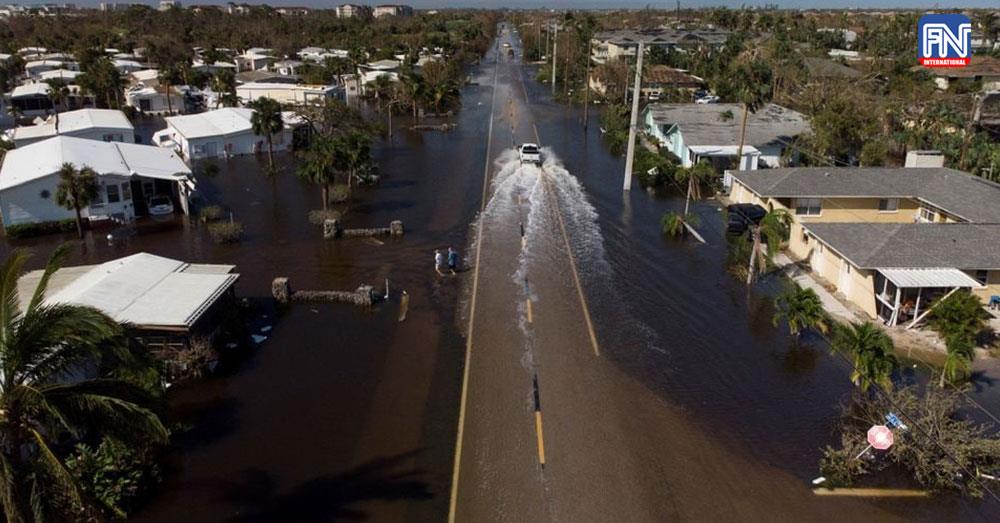Florida, Oct 1 (AFP) - A resurgent Hurricane Ian barreled toward South Carolina on Friday (Sep 30), a day after carving a path of destruction across the Florida peninsula, washing away houses, destroying a causeway and stranding thousands along the state's Gulf Coast.
There have been reports of at least 23 deaths in Florida, Kevin Guthrie, director of the state's Division of Emergency Management, said at a morning briefing. He stressed that some of those reports remain unconfirmed.
Ian, which had weakened to a tropical storm during its march across Florida, returned to Category 1 hurricane status on Thursday and was accelerating toward South Carolina on Friday morning with maximum sustained wind speeds of 140kmh, the US National Hurricane Center (NHC) said.
The storm was forecast to hit north of low-lying Charleston at about 2pm ET (1800 GMT), bringing potentially life-threatening flooding, storm surges and winds. Hundreds of miles of coastline, stretching from Georgia to North Carolina, were under a hurricane warning.
President Joe Biden said that he has directed every possible action be taken to save lives.
"We're just beginning to see the scale of that destruction. It's likely to rank among the worst ... in the nation's history," Biden told reporters.
Officials in Georgia, South Carolina and North Carolina urged residents to prepare for dangerous conditions.
By mid-morning on Friday, drivers were ordered off the roads in Charleston County, and the Charleston International Airport was closed because of high winds.
The county, which has about 400,000 residents, has two shelters open and a third on standby, said spokesperson Kelsey Barlow.
"But it's too late for people to come to the shelters. The storm is here. Everyone needs to shelter in place, stay off the roads," Barlow said.
With the eye of the storm still hours away, torrential rain had already arrived in Charleston. Video clips on social media showed several inches of water in some streets in the historic port city, which is especially prone to flooding.
A city-commissioned report released in November 2020 found that about 90 per cent of all residential properties were vulnerable to storm surge flooding.
As updated forecasts showed Charleston would likely avoid a direct hit from Ian's eye, Charleston Mayor John Teckenburg warned residents that the danger remained high.
"While we're encouraged by the change in the track, we want folks to be aware that hazardous conditions are still very possible for our areas," he said in a statement.
The National Weather Service warned of "life-threatening" storm surges along 201km of the South Carolina coast, from Isle of Palms near Charleston to the North Carolina border.
Even so, the expected storm surges are not as severe as the 3.7m surges that hit part of Florida's Gulf Coast earlier this week.





